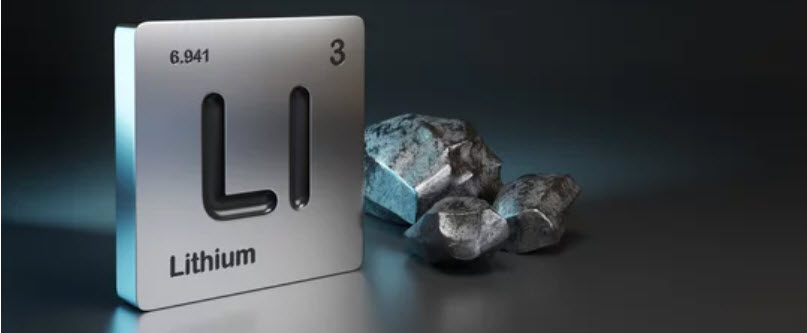Lithium was first discovered by a Swedish chemist named Johan August Arfwedson in 1817. Arfwedson was working in the laboratory of his mentor, Jöns Jacob Berzelius, when he analyzed a sample of petalite, a mineral that had been recently discovered in Sweden. Arfwedson noticed that the petalite contained a new element, which he named “lithium” after the Greek word “lithos,” meaning “stone.”
Lithium is a chemical element with the symbol Li and atomic number 3. It is a soft, silvery-white metal that belongs to the alkali metal group of elements. Lithium is the lightest solid element and has a very low density. It is highly reactive and flammable, and reacts with water to produce hydrogen gas.
After the discovery of lithium, it was several decades before the metal was isolated and its properties fully understood. In the mid-1800s, several scientists, including Robert Bunsen and Augustus Matthiessen, were able to isolate small amounts of lithium and study its properties. However, it wasn’t until the early 20th century that commercial production of lithium began, and it wasn’t until the 1970s that the widespread use of lithium-ion batteries began.
Lithium has a number of important uses, primarily in the manufacturing of batteries. Lithium-ion batteries are widely used in portable electronic devices such as smartphones, laptops, and tablets, as well as in electric vehicles. Lithium is also used in the production of glass and ceramics, and as an alloying agent in metals such as aluminium and magnesium. Additionally, lithium has medical uses and is used to treat certain psychiatric disorders, such as bipolar disorder.
Lithium-ion batteries are widely used in a variety of applications, including:
- Portable electronics: Lithium-ion batteries are used in smartphones, laptops, tablets, and other portable electronic devices.
- Electric vehicles: Lithium-ion batteries are the primary type of battery used in electric vehicles (EVs), as they provide high energy density and long cycle life.
- Power tools: Lithium-ion batteries are also used in power tools, such as drills, saws, and grinders, as they provide a high power-to-weight ratio and can deliver high currents.
- Renewable energy storage: Lithium-ion batteries are increasingly being used to store energy generated from renewable sources, such as solar and wind power.
- Medical devices: Lithium-ion batteries are used in medical devices such as pacemakers and defibrillators, as they provide long-lasting, reliable power.
- Aerospace and military applications: Lithium-ion batteries are used in satellites and other spacecraft, as well as in military applications such as missile guidance systems.
Lithium-ion batteries offer several advantages over other types of batteries, including:
- High energy density: Lithium-ion batteries have a higher energy density than other rechargeable batteries, meaning they can store more energy in a smaller size.
- Long cycle life: Lithium-ion batteries can be charged and discharged many times without significant loss of capacity, making them durable and long-lasting.
- Low self-discharge rate: Lithium-ion batteries have a low self-discharge rate, meaning they can hold their charge for longer periods of time without needing to be recharged.
- Fast charging: Lithium-ion batteries can be charged quickly, which is important for applications such as electric vehicles and portable electronics.
- Lightweight: Lithium-ion batteries are lightweight, making them ideal for portable devices and applications where weight is a concern.
- Low maintenance: Lithium-ion batteries require little maintenance, and do not need to be fully discharged before recharging (unlike some other battery types).
Overall, the high energy density, long cycle life, and fast charging capabilities of lithium-ion batteries make them a popular choice for a wide range of applications, from portable electronics to electric vehicles and renewable energy storage.


Leave a Reply